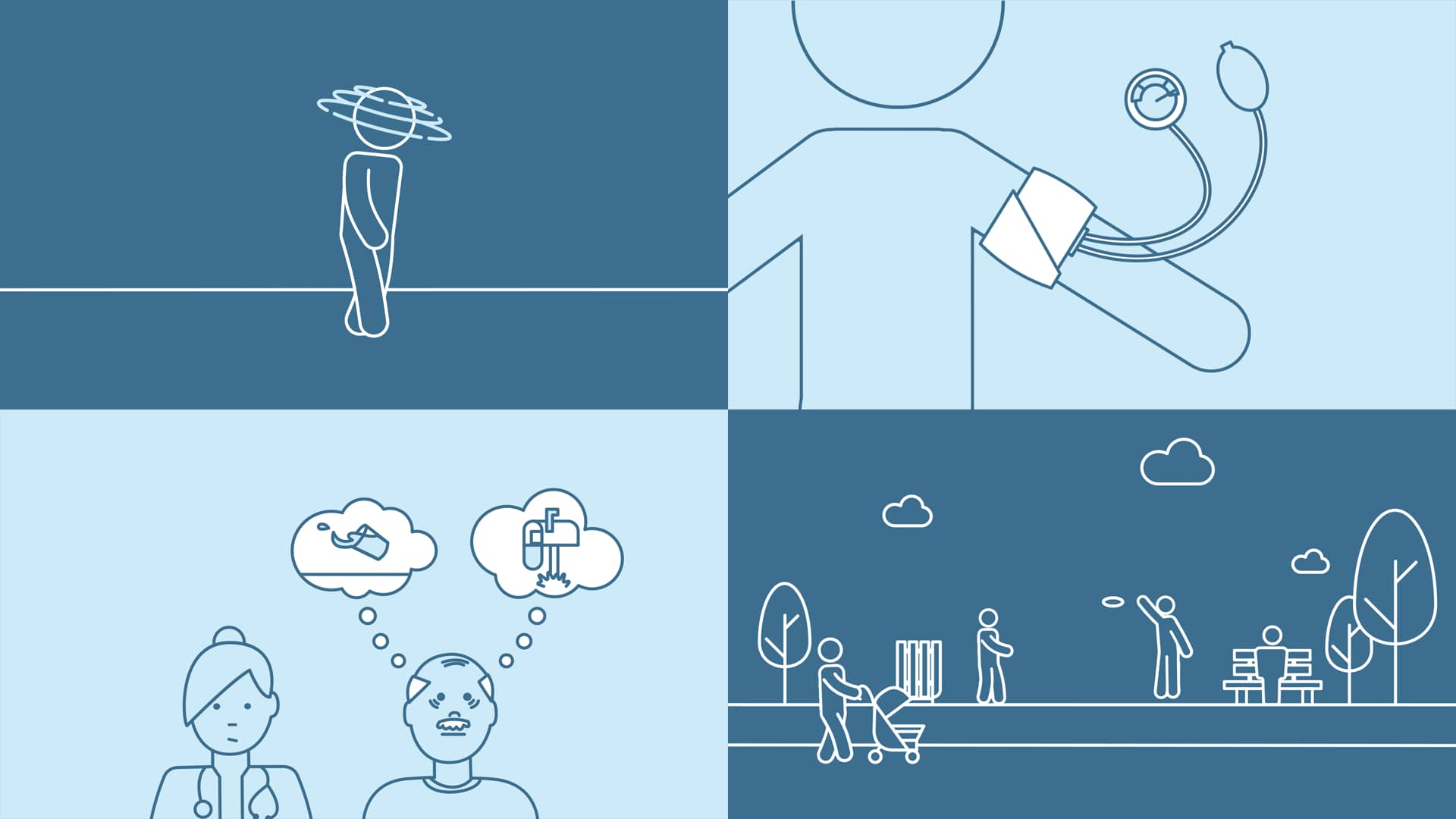Unless an underlying disease is a reason for orthostatic intolerance (OI), it’s important to receive it under control whenever possible. Neurological disorders may also be brought on by orthostasis. The aforementioned disorder can differ from neurally-mediated reflex syncope due to the lack of vagal bradycardia which generally characterizes the vasovagal reflex. For instance, you may often have symptoms ahead of your period. Based on how severe symptoms are OI can be very debilitating. Also, check blood pressure whenever you have symptoms. Speak to your physician if you have any signs of autonomic dysfunction.
Orthostatic Hypotension
Orthostatic hypotension can cause you to feel dizzy or lightheaded, and perhaps even faint. It may be acute, or chronic, as well as symptomatic or asymptomatic. It may cause accidental falls. In some instances, people with orthostatic hypotension might even faint. It may be mild and last for less than a few minutes. It occurs when something interrupts the body’s natural process of counteracting low blood pressure.
It’s important for your physician to realize if you experience frequent indicators of orthostatic hypotension since they can signal considerable difficulties. It’s even more urgent to find a doctor if you get rid of consciousness, even for only a couple of seconds. The physician should, therefore, not provide the patient with unrealistic expectations about which symptoms can and can’t be eliminated. Some patients may have to avoid highly stimulating activities based on their unique capacities. Patients that are tolerating their current degree of activity and have learned to obey their bodies might benefit from carefully increasing exercise to enhance their physical fitness and prevent deconditioning.
There isn’t any cure for dysautonomia. A treatment that helps one particular individual might actually worsen the indicators of another. Therapy with an experienced counselor, therapist, or psychologist is able to help you cope. Hyperbaric oxygen therapy was explored been explored as a . Acupuncture when done by a certified practitioner, might assist with pain for a number of patients.
Talking to your doctor about Orthostatic Intolerance (OI) symptoms
If you receive frequent episodes of orthostatic intolerance, and especially should they come with different symptoms, speak to your health care provider. Once it’s established that you’ve got OI, your physician will search for underlying conditions that could cause it. OI is hard to diagnose. Exactly like the underlying illnesses behind it, OI is due to a complicated cycle of dysfunctions in the body.
There’s no clear vasovagal reaction. Blood pressure is maintained by means of a mix of several things. Designed to lessen both bodily and mental stress, it’s a terrific way to have the pressure off your entire body and help you receive the exercise you want. Thus, it may lead to chronic fatigue. Drug-induced autonomic failure (a form of dysautonomia) may be the most common cause of orthostatic intolerance.
Since that time, many different similar or partly similar conditions are described. Furthermore, the body releases adrenaline, the combo of norepinephrine and epinephrine, which leads to the heart to beat slightly faster and boost the efficiency of the human body’s capacity to pump blood.
Some venous pooling occurs naturally when somebody is standing. In many working at heights situations if an individual falls there might not be a straightforward method to receive them down safely.
It is rather difficult that you understand the need, for good usage, and maintenance of fall protection equipment, whether you’re recreational or professional. The usage of a security harness doesn’t contribute to orthostatic hypotension in case of a fall. There is an assortment of postural orthostatic tachycardia syndrome (POTS) .
In addition, there’s a small increase in the heart rate. In addition, it should also be measured for both positions. As a consequence, there is a short-term decrease in the quantity of blood in the top body (cardiac output), which decreases blood pressure. In terms of all patients starting anti-depressants, the improvement may not occur for a number of weeks.
Not every test is required in every circumstance. More tests might be recommended depending on the outcomes of the prior tests. A tilt table test might also be performed. If at all possible, an evaluation by a rehabilitation specialist could be beneficial.


